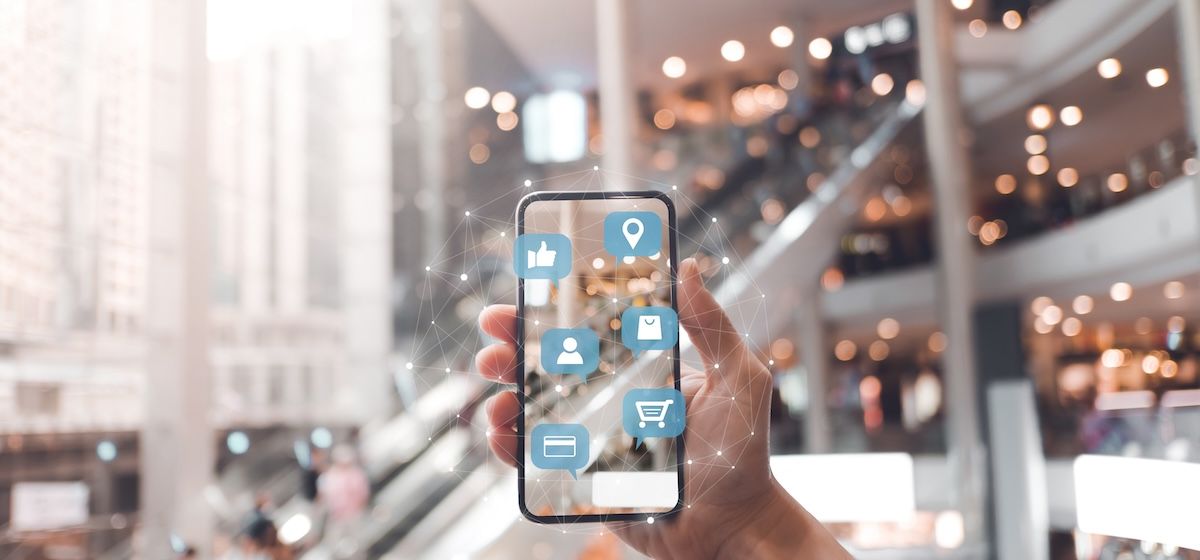Omnichannel retail media example: new ways in user experience
We are in the age of omnichannel strategies where online and offline experiences merge to create a cohesive customer journey. This is not a fleeting trend, but a revolutionary shift changing the face of retail as we know it. Today's savvy retailers understand the importance of evolving and growing alongside technology, deftly balancing the demands of both digital and physical retail. This approach is more than just a buzzword – it's a dynamic integration that creates unique shopping experiences customers not only enjoy but expect. Let's dive deeper into this topic, and explore an innovative retail media example!
From pinpointing products online to feeling them in-store, the consumer journey has become an intricate dance between the digital and offline worlds. This seamless crossover is what defines omnichannel retailing. It's an evolutionary response to the digital age, meeting both the need for physical in-store interaction and the convenience of online browsing.
The imperative of omnichannel retailing
As 2020 struck, the world witnessed the advent of an unforeseen pandemic. COVID-19 not only affected our lives personally, but it also staged a grand disruption in global business operations, especially the retail industry. It squashed regular retail paradigms and spurred an enormous online shift. Shoppers, nestled remotely in their households, flocked to the internet to fulfill their retail needs.
Retailers and advertisers were not to be left behind in this shift. From local boutiques to sprawling chains, retail businesses started focusing on enhancing their digital presence. As a result, an ever-thriving e-commerce landscape emerged, brimming with opportunities and fierce competition.
However, amid the wave of digitization, the essence of physical retail stores remained intact. Indeed, the shop-around-the-corner is now more critical than ever. Take a moment to recollect the joy of running your fingers over a new book, the excitement of trying on a pair of jeans in a fitting room, or the satisfaction of personal, face-to-face interaction at the checkout counter—these are experiences that digital commerce still can't replicate.
In a thought-provoking discovery, retail giant Target noted that customers who engaged in both digital and physical shopping spent four times as much as store-exclusive customers, and a whopping ten times more than digital-only customers. With this fresh insight, the focus profoundly shifted to omnichannel retailing, and, as a result, Target observed a 24.3% surge in overall sales.
Each of these instances underlines that revamping your marketing strategy to suit consumers' multichannel demands provides a dynamic user experience that promises enormous advantages. It's a clear sign: businesses that successfully blend physical and digital retail manage to capture their audience's attention and loyalty effectively. It's no longer about choosing between digital and physical—it's about blending both to offer a seamless customer experience—an experience that omnichannel retailing distinctly provides.
Omnichannel retail media example of IKEA
In this age of technological leaps, retail apps have emerged as the bridge between digital and physical shopping realms. They are not just platforms for online purchases, but virtual companions that mirror in-store experiences, offering consumers the convenience of e-commerce, while retaining the tangible appeal of physical retailing.
IKEA, the global furniture brand, offers an illuminating retail media example of creating a seamless omnichannel shopping journey.
IKEA's app is intricately designed to pair with its physical store experiences. With functionalities akin to the visual platform, Pinterest, the app allows users to scroll through thousands of shoppable images for room inspirations. This experience replicates the in-store act of physically walking through different room setups but in a digital sphere.
But, that's not all! The app connects directly with local IKEA stores, providing users with real-time product availability checks. Users are also given the choice between online purchases or in-store collections, further blurring the lines between digital and physical shopping environments.
IKEA's future-oriented strategies serve as an eye-opener for retailers and advertisers alike. Firstly, they have placed a pivotal emphasis on enhancing their digital user experience to match their physical one, which is a major lesson for other retailers. Customers value consistency and the ability to switch between online and offline channels seamlessly that IKEA provides.
Secondly, IKEA's app delivers an interconnected retail experience that takes the traditional in-store visit to a whole new level. It allows customers to pre-plan their store visits, make informed decisions, and streamline their shopping process. This is a noteworthy approach for brands aiming to merge their in-store and online experiences effectively.
Thus, in an era where differentiation is key to success, IKEA's innovative retail media approach is a testament to how brands can enhance the user experience and stand out in a crowded marketplace.
Inhabitad helps you improve the customer experience. Click to find out how!


